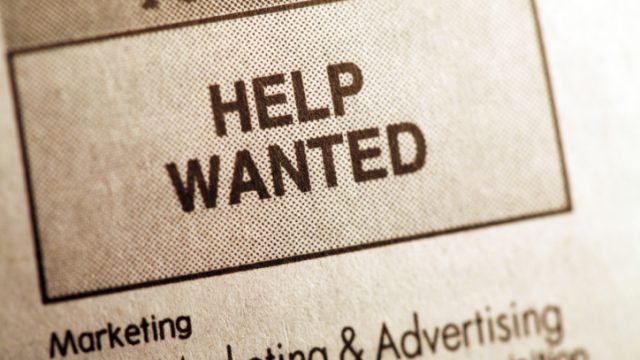Government Benefits Have Reduced The Incentive To Be Employed

In the Wall Street Journal, Richard Vedder writes about America’s declining work force:
In recent decades there was a steady rise in the employment-to-population ratio: For every 100 working-age Americans, there were eight more workers in 2000 than in 1960. The increase entirely reflects higher female participation in the labor force. Yet in the years since 2000, more than two-thirds of that increase in working-age population employed was erased.
The decline matters more than you may suppose. If today the country had the same proportion of persons of working age employed as it did in 2000, the U.S. would have almost 14 million more people contributing to the economy. Even assuming that these additional workers would be 25% less productive on average than the existing labor force, U.S. gross domestic product would still be more than 5% higher ($800 billion, or about $2,600 more per person) than it actually is. The annual growth rate of GDP would be 2.2%, not 1.81%. The retreat from working, in short, has had a real impact.
Why are fewer Americans working? Some of it has to do with shifting demographics. The baby boomers are retiring, and the succeeding generations just aren’t as large demographically. But another big part of the problem, as Vedder points out, is government benefits reducing incentives to work:
The sharp rise in food-stamp beneficiaries predated the financial crisis of 2008: From 2000 to 2007, the number of beneficiaries rose from 17.1 million to 26.3 million, according to the Department of Agriculture. That number has leaped to 47.5 million in October 2012. The average benefit per person jumped in 2009 from $102 to $125 per month. …
Barely three million Americans received work-related disability checks from Social Security in 1990, a number that had changed only modestly in the preceding decade or two. Since then, the number of people drawing disability checks has soared, passing five million by 2000, 6.5 million by 2005, and rising to nearly 8.6 million today. In a series of papers, David Autor of MIT has shown that the disability program is ineffective, inefficient, and growing at an unsustainable rate. And news media have reported cases of rampant fraud. …
In 2000, fewer than 3.9 million young men and women received Pell Grant awards to attend college. The number rose one-third, to 5.2 million by 2005, and increased a million more by 2008. In the next three years, however, the number grew over 50%, to an estimated 9.7 million. That is nearly six million more than a decade earlier. The result is fewer people in the work force. Meanwhile the mismatch grows between the number of college graduates and the jobs that require a college education. …
Since the 1930s, the unemployment-insurance system has been designed to lend a short-term, temporary helping hand to folks losing their jobs, allowing them some breathing room to look for new positions. Yet the traditional 26-week benefit has been continuously extended over the past four years—many persons out of work a year or more are still receiving benefits.
True enough, the economy isn’t growing very much. But if you pay people to stay at home, many will do so rather than seek employment or accept jobs where the pay doesn’t meet their expectations.
Last week I wrote about declining fertility rates, and the fact that a lot of it had to do with women and opportunity costs. Having a family, for a woman, means economic sacrifice. Dedicating time to birthing and raising children means time taken away from career advancement. There is an economic cost to that.
The same is true of those on government benefits. For many, working costs access to government benefits. Long-term working might lead to more elevated levels of prosperity, but many can’t look beyond the short-term costs of losing their benefits.
We talk of these benefits as though they were helping society, when in reality they’re hurting.







